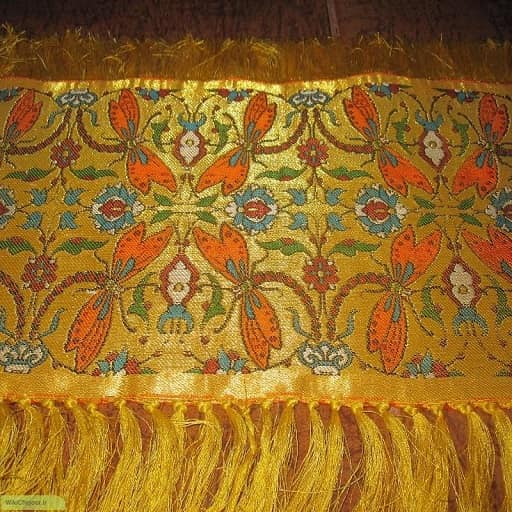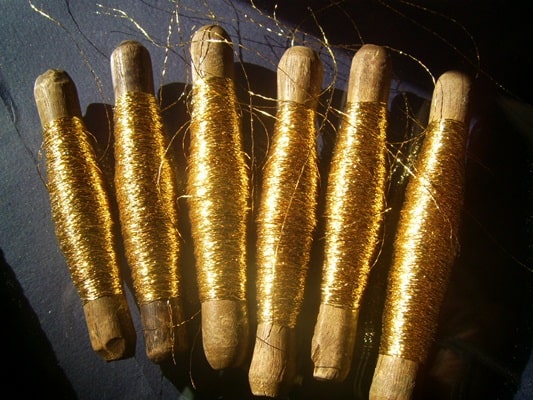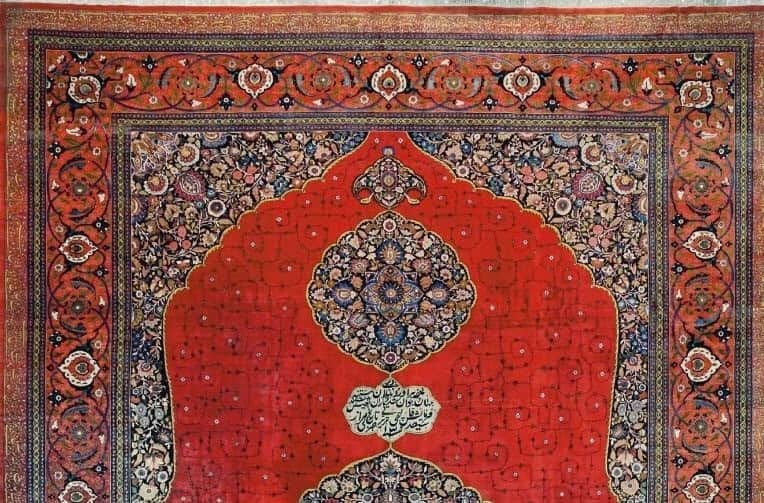The first Iranian woven and very expensive carpet was Baharestan carpet. After that, many kings tried to have a lasting effect like Baharestan. In the Safavid period, with the flourishing of carpet weaving by the order of Shah Ismail Safavid and the establishment of carpet weaving workshops and the transfer of artists to the capital, this was possible and it was from that period that the carpet became famous. During the Safavid period, there were many carpet weaving workshops, the most famous of which were: Isfahan, Tabriz, Mashhad, Kashan, Rasht, Qom, Herat and Saveh. They were very famous.
Woven carpets were woven in large numbers in the 16th century. So far, 400 of these embroidered carpets are known, but it is possible that the number of these carpets is more than 800. These carpets were sold to Europe due to their beauty and high price. The beauty of the Iranian woven carpet was so serious that the owners of these carpets preferred to hang it on the wall as a painting.
Zarbaft-Teppich war ein wertvolles und wertvolles Exportgut der Safawiden-Zeit, sodass neben der Verwendung von Seide beim Knüpfen dieser Teppichart auch Gold und Menschen verwendet wurden. Das macht diese Art von Teppichen schön und auffällig und macht sie berühmt und rau. Auch Simin- und Zarbaft-Stoffe wurden nach diesem Verfahren hergestellt und es war sehr teuer.
Appearance characteristics of embroidered carpets
Embroidered rugs are such that they have prominent flowers. The point that can be expressed in this type of carpet is that the non-embossed part of the carpet is woven into a kilim. But kilim weaving in this type of carpet is also different. Are used. The color of these wires varies depending on whether they are gold, silver or copper.

Twisted yarn on a woven rug
This yarn is used in the weaving of woven carpets and its preparation steps are such that a thin and thin strip is created around the silk yarn, which according to experiments, 98% of these metal covers are made of silver and only the remaining 2% of They are made of gold or lead. The steps were done in such a way that the thin sheet of silver was coated with high purity of mercury and then coated with a thin sheet of gold. After this stage, it is given a gentle heat. When cooled, the metal mistakes are passed through the yarn to make it thinner. After this step, they are cut with scissors. They are then taken to the workshop to be wrapped around the silk threads with special tools.

The most famous Iranian carpets
Our country is proud that the largest carpet in the world has been woven by Iranian carpet weavers. This handmade carpet is in the city of Neishabour and is located in the Sheikh Zayed Mosque in Abu Dhabi. This carpet was woven by 1200 Neyshabouri women carpet weavers in 18 months. The raw materials used in this carpet are the finest fibers from Sirjan and New Zealand wool. In this carpet, two billion and three hundred million knots have been used and its dimensions are 132 meters long and 48 meters wide, which is about 6000 square meters.

Also, the most expensive carpets in the world that belong to Iran are the following carpets:
1- Weiss carpet of Kerman belongs to the 16th century with a value equivalent to ten million dollars
Isfahan silk carpet belonging to the 16th century Value: 4 million and 450 thousand dollarsو ۴۵۰هزار دلار
3- Another silk carpet from the Safavid era, belonging to 400 years ago: about 4 million dollars
4- Tabriz carpet belongs to the 16th century Value: equivalent to 2 million and 400 thousand dollars
Golden Mart business groupis a supplier of various Iranian and foreign products and is always at the service of our dear customers.




